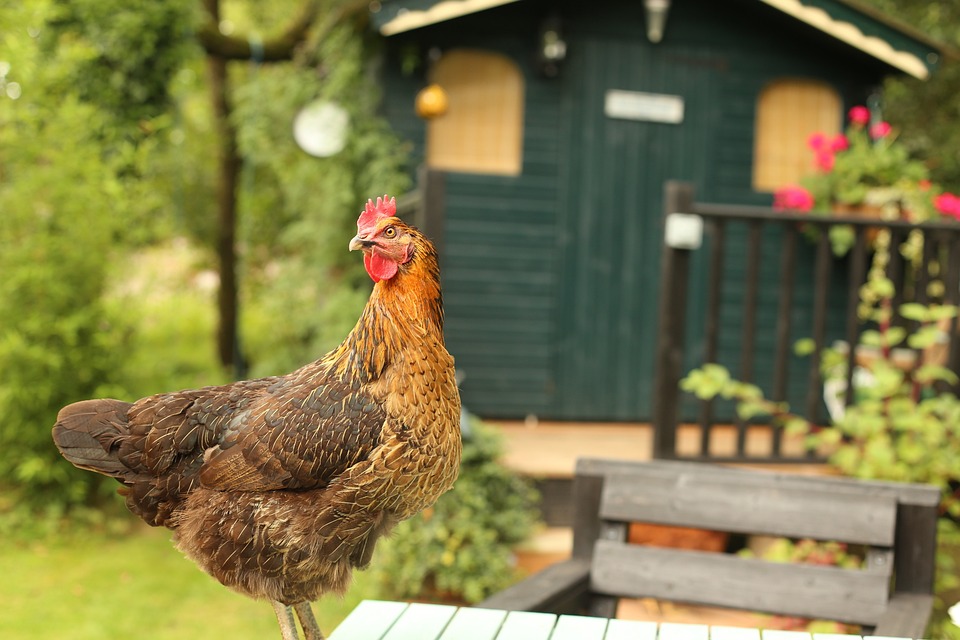Vertical gardens, also known as green walls or living walls, have gained popularity in recent years as a way to bring nature indoors. These structures, made up of plants growing vertically on walls or other supportive structures, not only add aesthetic appeal to indoor spaces, but also provide numerous benefits for both our physical and mental well-being.
The Benefits of Vertical Gardens:
1. Enhanced Air Quality: Indoor air pollution, caused by various factors such as building materials and furniture, can have harmful effects on our health. Vertical gardens act as natural air filters, absorbing pollutants and releasing clean oxygen into the surrounding environment.
2. Improved Indoor Climate: Plants naturally regulate humidity levels, helping to create a more comfortable and healthier indoor climate. Vertical gardens help to cool the air during hot seasons and add moisture during dry periods.
3. Noise Reduction: Living in densely populated areas can expose us to unwanted noise. Vertical gardens can act as sound barriers, absorbing and diffusing noise to create a quieter and more peaceful indoor environment.
4. Increased Productivity and Focus: Research has shown that being surrounded by nature increases productivity and concentration levels. Vertical gardens in offices or workspaces have been found to enhance creativity, reduce stress, and improve overall job satisfaction.
5. Health and Well-being: Being close to nature has a positive impact on our mental well-being. Vertical gardens can improve mood, decrease anxiety, and even reduce the symptoms of depression. They provide a sense of tranquility and connection to nature, which is particularly beneficial for those living in urban environments.
Creating a Vertical Garden:
1. Choosing the Right Location: Before starting a vertical garden, it’s important to select the right location. Consider factors such as access to sunlight, ventilation, and available wall space. South-facing walls receive the most sunlight, making them ideal for sun-loving plants.
2. Selecting the Plants: The choice of plants for your vertical garden depends on various factors such as light conditions, climate, and personal preference. Some plants that thrive in vertical gardens include ferns, succulents, ivy, and herbs like basil and mint.
3. Installing Support Structures: Vertical gardens require a solid support structure to hold the weight of the plants and provide proper irrigation. Options include modular panel systems, trellises, or even repurposed items like pallets or shoe organizers.
4. Irrigation and Maintenance: Proper watering is crucial for the success of a vertical garden. Depending on the plant species, irrigation systems can range from simple manual watering to more advanced automated drip systems. Regular maintenance, such as pruning and fertilizing, will keep the vertical garden thriving.
FAQs:
1. Can I have a vertical garden indoors?
Yes, vertical gardens can thrive indoors with proper planning and care. Just ensure that there is enough natural or artificial light for the plants and adequate ventilation.
2. Do vertical gardens require a lot of maintenance?
Maintenance requirements vary depending on the plant species and the setup of the vertical garden. Regular watering, pruning, and fertilizing are necessary to keep the plants healthy.
3. Can I grow edibles in a vertical garden?
Absolutely! Many herbs, vegetables, and fruits can be successfully grown in vertical gardens. Just make sure to choose appropriate plants and provide the necessary growing conditions.
4. Are vertical gardens expensive to install?
The cost of installing a vertical garden can vary depending on the size, complexity, and chosen materials. DIY options can be more affordable, while professionally designed systems may come at a higher cost.
5. Can a vertical garden be installed in any type of building?
Vertical gardens can be installed in most buildings, as long as the chosen location provides suitable conditions for plant growth and the support structure can be securely installed.




